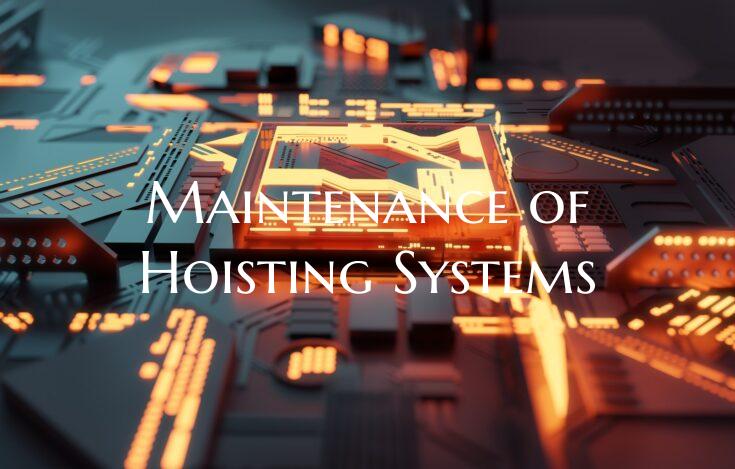Maintenance of Hoisting Systems
Hoisting systems are essential equipment used in various industries for lifting and moving heavy loads. To ensure the safe and efficient operation of hoisting systems, regular maintenance is crucial. Proper maintenance not only extends the lifespan of the equipment but also minimizes the risk of accidents and downtime. Here are some key aspects to consider when it comes to the maintenance of hoisting systems:
1. Scheduled Inspections: Regular inspections should be conducted to check for any signs of wear and tear, damage, or malfunction. This includes inspecting the cables, ropes, hooks, and other components for any signs of degradation.
2. Lubrication: Proper lubrication of moving parts is essential to prevent friction and reduce wear. Lubricants should be applied according to the manufacturer's recommendations.
3. Cleaning: Keeping the hoisting system clean from dirt, debris, and other contaminants is important to prevent damage to components and ensure smooth operation.
4. Testing: Periodic testing of the hoisting system should be carried out to ensure that it is functioning properly. This includes load testing to determine the system's capacity and performance.
5. Training: Personnel involved in operating and maintaining hoisting systems should receive proper training on safety procedures and maintenance techniques. This helps prevent accidents and ensures that maintenance tasks are carried out correctly.
6. Replacement of Parts: Worn-out or damaged parts should be replaced promptly to prevent further damage to the hoisting system. Using genuine parts recommended by the manufacturer is important to maintain the system's integrity.
7. Documentation: Keeping detailed records of maintenance activities, inspections, and repairs is essential for tracking the hoisting system's history and identifying any recurring issues.
By following these maintenance practices, hoisting systems can continue to operate efficiently and safely, benefiting the overall productivity of industries that rely on these essential lifting devices. Regular maintenance not only ensures compliance with safety regulations but also contributes to cost savings by preventing costly repairs and unplanned downtime.

